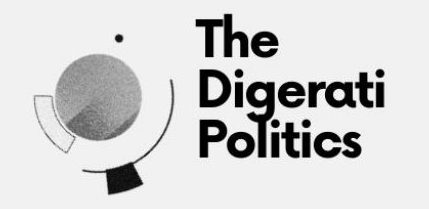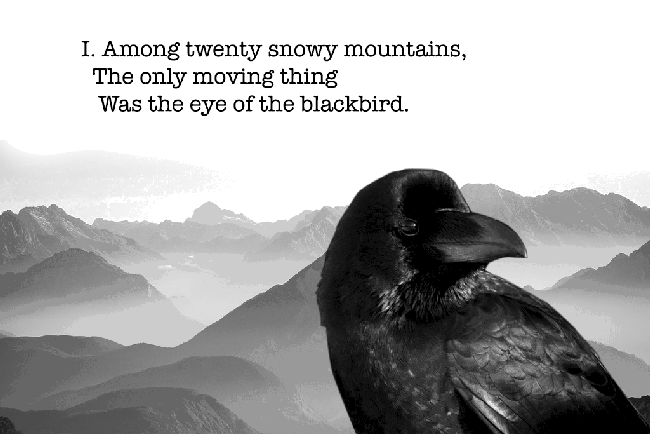Site visit encourages guests to draw connections between the past and the present. Having studied histories of Australian Indigenous Peoples and read the course materials provides somewhat a basic understanding about histories of Traditional Owners of the Land. To broaden ways of knowing how the knowledge is linked between the past and the present, BunjilakaContinueContinue reading “Bunjilaka Aboriginal Cultural Centre – the connections of Australian Indigenous People’s past, present and future”
Category Archives: English Literature
Early Modern Europe Women – A briefing analysis on what sorts of power were being able to gain and practice in some extents
To promote a woman to bear rule, superiority, dominion, or empire above any realm, nation, or city is repugnant to nature, contumely to God, a thing most contrarious to His revealed will and approved ordinance, and finally it is the subversion of good order, of all equity and justice.[1] The aforementioned quote was of theContinueContinue reading “Early Modern Europe Women – A briefing analysis on what sorts of power were being able to gain and practice in some extents”
The Creation of Pathos and War Poetry of Wilfred Owen
When the war came to an end, literature from poetry to memoir contributed a vast majority of thorough visions on the insight of the war. Reading the war poetry is far more concerned to be an indirect way to give a bit of sense with those who do not have a chance to witnessContinueContinue reading “The Creation of Pathos and War Poetry of Wilfred Owen”
An explanation of the Id, Ego and Superego in “The Old Man and The Sea”
The Old Man And The Sea: A reflection on Hemingway’s novella by using psychoanalytic criticism (for more information, please visit Jacques Lacan readings) In literature, one of the most common themes but important is the interpretation. Interpreting the language helps the reader be able to discover different levels of understandings of the author’s works. ItContinueContinue reading “An explanation of the Id, Ego and Superego in “The Old Man and The Sea””
“The Waves” by V. Woolf & “The stream of consciousness”
A commentary: In twentieth-century literature, a range of works was given birth with innovative visions by many writers. While postmodernist’s authors were considered to have tendencies on much more artistic rather than any ideas of depth, modernist’s authors tried to see the world in various points of view and experiment forms carried many expressions thatContinueContinue reading ““The Waves” by V. Woolf & “The stream of consciousness””
“As I Lay Dying” by W. Faulkner – The Death of God (F. Nietzsche), The Death of Author (R. Barthes)
A commentary giving an account of the social issues that concern writers in a range of twentieth-century texts. In a range of texts in the twentieth-century literature, Modernism and Postmodernism were the two terms of literary tendencies that reflected various aspects of social issues. The literary modernism was a real surge right atContinueContinue reading ““As I Lay Dying” by W. Faulkner – The Death of God (F. Nietzsche), The Death of Author (R. Barthes)”
The Self in “The Bluest Eye” and “The Complete Persepolis”
Briefly, ‘formation’ of the self is a central concern in The Bluest Eye and The Complete Persepolis. Drawing on the set critical works by Rocío Davis and Anne Salvatore, compare the ways the self is presented in the novel and the autobiography. “We die. That may be the meaning of life. But, we do theContinueContinue reading “The Self in “The Bluest Eye” and “The Complete Persepolis””
“Hills Like White Elephants” by Ernest Hemingway
(Source: Drunken Pen Writing) It can be said that one of the most essential components of life is communication. This might be the reason that communication is accredited with a vital role in human relationship. In view of the fact that there are various ways to manifest the ideas of communication, therefore people may useContinueContinue reading ““Hills Like White Elephants” by Ernest Hemingway”
“Thirteen Ways of Looking at a Blackbird” (Wallace Stevens)
I Among twenty snowy mountains, The only moving thing Was the eye of the blackbird. II I was of three minds, Like a tree In which there are three blackbirds. III The blackbird whirled in the autumn winds. It was a small part of the pantomime. IV A man and a woman Are one. AContinueContinue reading ““Thirteen Ways of Looking at a Blackbird” (Wallace Stevens)”








